Introduction to Henry Box Brown
Henry Box Brown, a figure synonymous with courage and resilience, was born into the harsh realities of slavery in Virginia in 1815. His early life was profoundly shaped by the institution of slavery, a system that denied him basic human rights and freedoms. Enslaved from birth, Brown’s experiences on the plantation were marked by relentless labor and the ever-present threat of violence, which were characteristic of the socio-political landscape of the United States during the early 19th century. This period was defined by the entrenched practice of slavery, particularly in Southern states, where enslaved individuals were considered property rather than people.
As a young boy, Brown exhibited a strong desire for knowledge and self-advancement. He was taught to read, which was a significant privilege among enslaved individuals. This ability would later play a crucial role in his quest for freedom. On the plantation, Brown worked various roles, from a field hand to a skilled laborer, which allowed him to observe the wider world around him while also reinforcing the limitations placed upon him by his enslavers. The harsh conditions of plantation life fueled his longing for liberation and autonomy.
In 1845, after the heartbreaking separation from his family—an all-too-common fate for enslaved individuals—Brown resolved to escape. The decision was sparked by profound personal loss and the realization that staying in slavery was untenable. In seeking liberation, he explored various escape routes and was influenced by the growing abolitionist movement. This movement aimed to dismantle the institution of slavery, advocating for the rights and dignity of all individuals, regardless of their skin color. It was within this turbulent context that Brown plotted his extraordinary journey to freedom, setting the stage for an incredible tale of courage and determination that would inspire many.
The Escape Plan: A Bold Move
Henry Box Brown’s escape from the confines of slavery was not an act of spontaneity but rather a meticulously crafted plan that required immense courage and ingenuity. Residing in Richmond, Virginia, where he toiled as a slave, Brown realized that his only pathway to freedom lay in breaking the shackles of oppression that bound him. His idea involved a bold yet dangerous scheme to conceal himself within a wooden crate, targeting the very system that enabled his enslavement.
Understanding the gravity and peril involved, Henry collaborated with a network of sympathetic individuals, some of whom were part of the Underground Railroad. These allies included abolitionists who provided both logistical support and moral encouragement. They played a crucial role in facilitating Brown’s daring escape, assisting him in crafting the crate that would serve as his temporary prison and sanctuary. This wooden box, designed to securely contain him, represented a transformative vessel—a means to transport him toward liberty.
In the days leading up to his departure, Brown devised a meticulous plan, carefully orchestrating every detail of the journey. His allies helped him secure a route that would transport the crate from Richmond to Philadelphia, navigating through a society fraught with risks and potential betrayal. Each ounce of courage required for this endeavor underscores the desperation felt by enslaved individuals in pursuit of freedom.
On the day of his escape, Brown entered the crate, heart pounding as the lid was closed atop him. Inside, the conditions were cramped and dark, making the experience both physically and psychologically taxing. Yet, the spirit of freedom fueled his resolve. The journey itself was fraught with uncertainty, including the fear of detection and the trepidation that accompanied risking one’s life for the pursuit of liberty. In navigating these risks, Henry Box Brown provided an inspiring testament to human courage and ingenuity, showcasing the lengths one would go to attain the elusive dream of freedom.
The Journey to Freedom: The Crate Experience
Henry Box Brown’s escape from slavery was nothing short of remarkable, characterized by an unconventional yet audacious plan that revolved around a wooden crate. This crate, measuring approximately three feet long, two feet wide, and two feet deep, served as both his vessel and prison as he embarked on a perilous journey to freedom. For 27 hours, Brown was confined within this cramped space, deprived of light and movement, relying solely on his mental fortitude to see him through the ordeal.
The physical challenges of such confinement were formidable. The crate offered almost no room to adjust his position, making every minute a test of endurance. Brown famously had to lie flat, contorting his body in ways that tested the limits of human tolerance. Additionally, the oppressive heat and the absence of fresh air heightened his discomfort, intensifying the fear that gripped him—a fear rooted in the possibility of discovery by those who sought to return him to servitude.
Despite such daunting circumstances, hope was Brown’s unwavering companion. He harbored the dream of freedom, a powerful motivator that allowed him to endure the darkness of his crate. As he awaited transport, he found solace in thoughts of family and the promise of liberation. The contents of the crate were limited, with only the most basic supplies such as a water jug and a few personal belongings that carried memories of a life lived under the specter of bondage. Each item represented not just the past but also a glimmer of the future he sought.
The climax of Brown’s journey occurred when the crate was finally lifted and placed aboard a train, marking the transition from captivity to the unknown journey toward freedom. The realization that he was moving toward his emancipation, even while confined, infused him with newfound strength and determination. His extraordinary decision to escape within a crate remains a testament to the resilience of the human spirit, illustrating the profound lengths one would go to in pursuit of liberty.
Legacy of Henry Box Brown: Activism and Influence
Henry Box Brown’s extraordinary journey from bondage to freedom not only serves as a captivating narrative but also stands as a profound testament to the power of resilience and activism. After successfully escaping slavery in 1849 by concealing himself in a wooden crate, Brown transformed his harrowing experiences into a compelling platform for abolitionist efforts. Through speeches and public performances, he vividly recounted his story, impacting countless individuals while raising awareness about the atrocities of slavery. His eloquence and passion inspired audiences, prompting many to join the abolitionist movement.
Brown’s contributions extended beyond oral storytelling. He authored an autobiography, “Narrative of the Life of Henry Box Brown,” which provided a detailed account of his escape and influential reflections on the institution of slavery. Through his writings, Brown not only chronicled his individual experience but also placed it within the broader context of the struggle for freedom and human rights. His narrative highlighted the urgent need for societal change and galvanized support for the abolitionist cause, making it a vital piece of American literature.
In modern times, Brown’s legacy continues to resonate within contemporary discussions surrounding social justice and racial equality. His story has been commemorated through various artistic expressions, including stage adaptations and documentaries that bring his experiences to new audiences. Educational institutions incorporate his narrative into curricula to illuminate the legacy of slavery and foster dialogues about systemic injustices still faced today. Brown’s life exemplifies a steadfast commitment to advocating for the rights of others, inspiring new generations to continue the fight for freedom and equity. As a symbol of courage, Henry Box Brown’s journey remains a potent reminder of the enduring spirit of resistance against oppression.
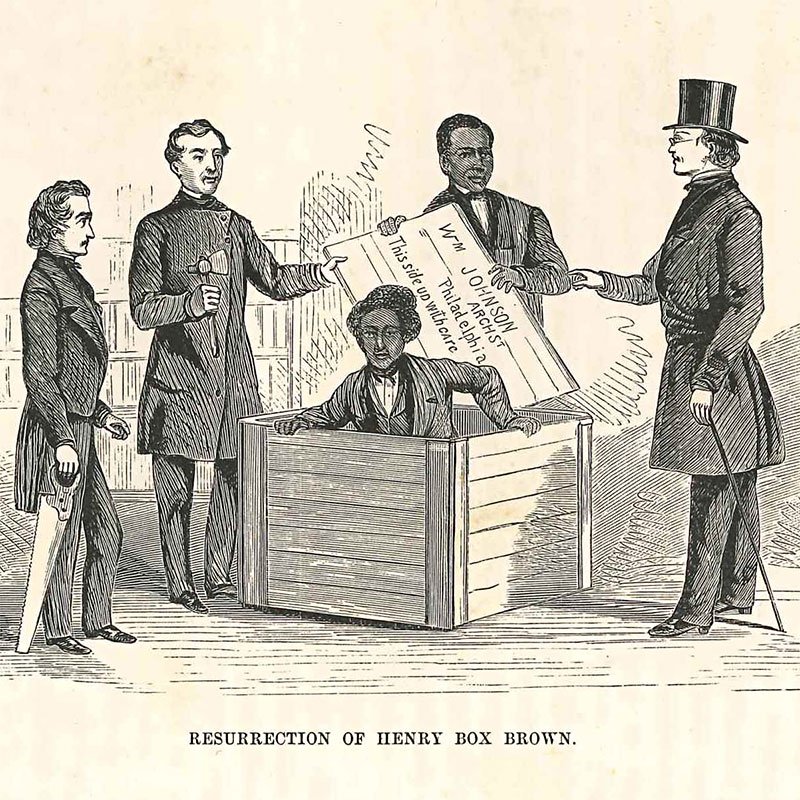

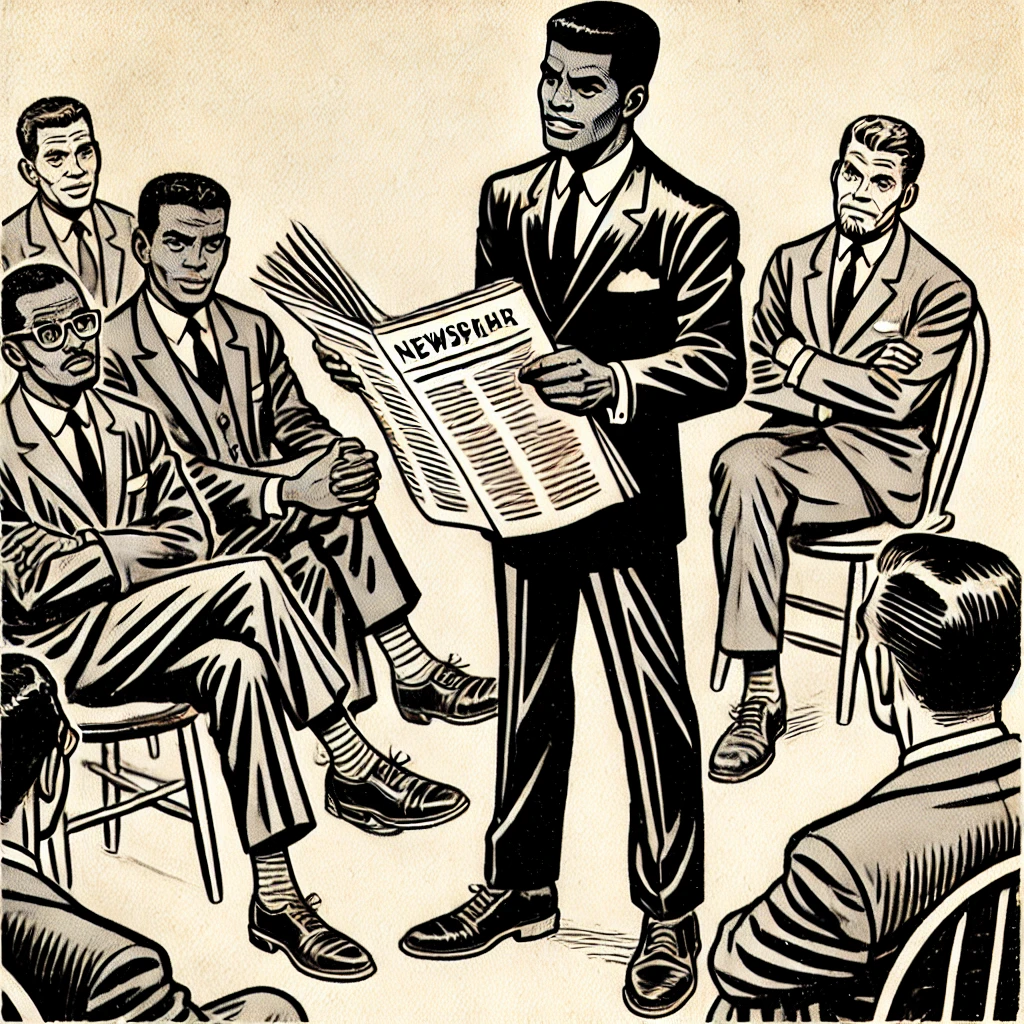
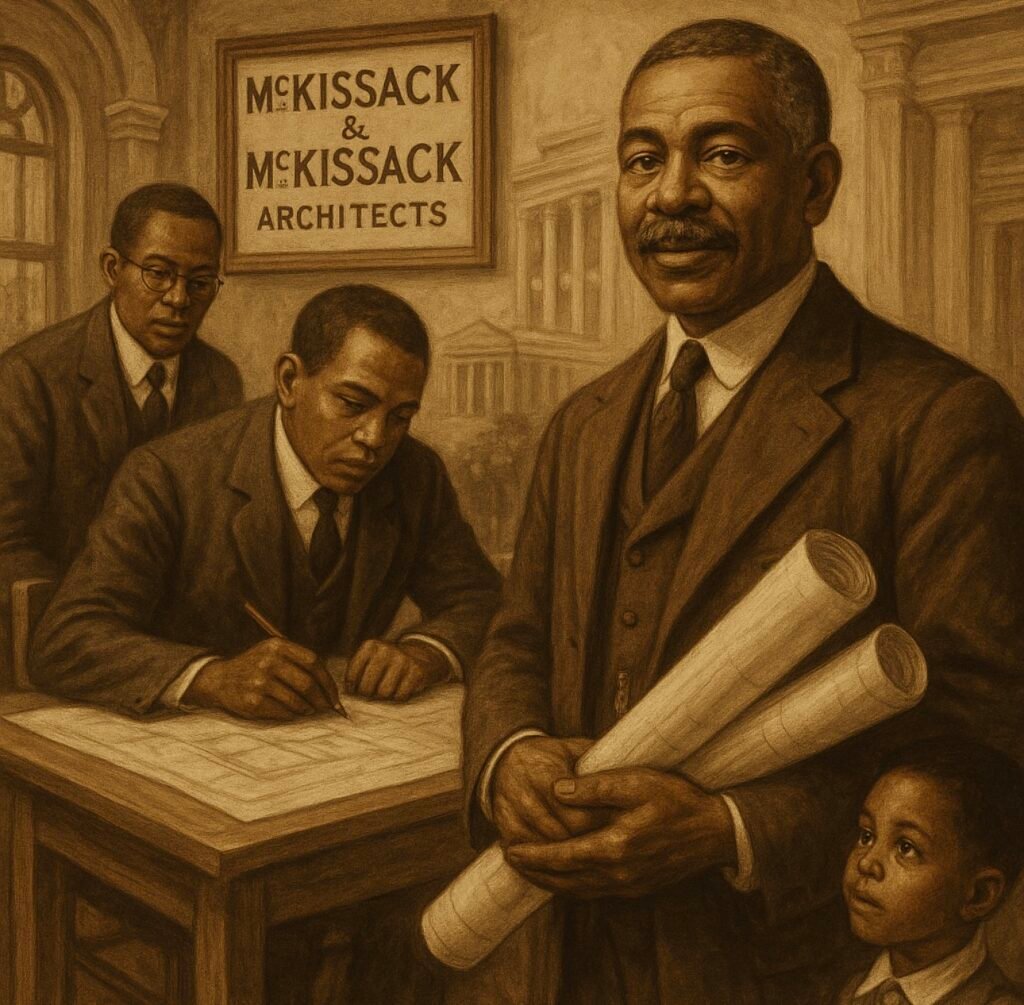

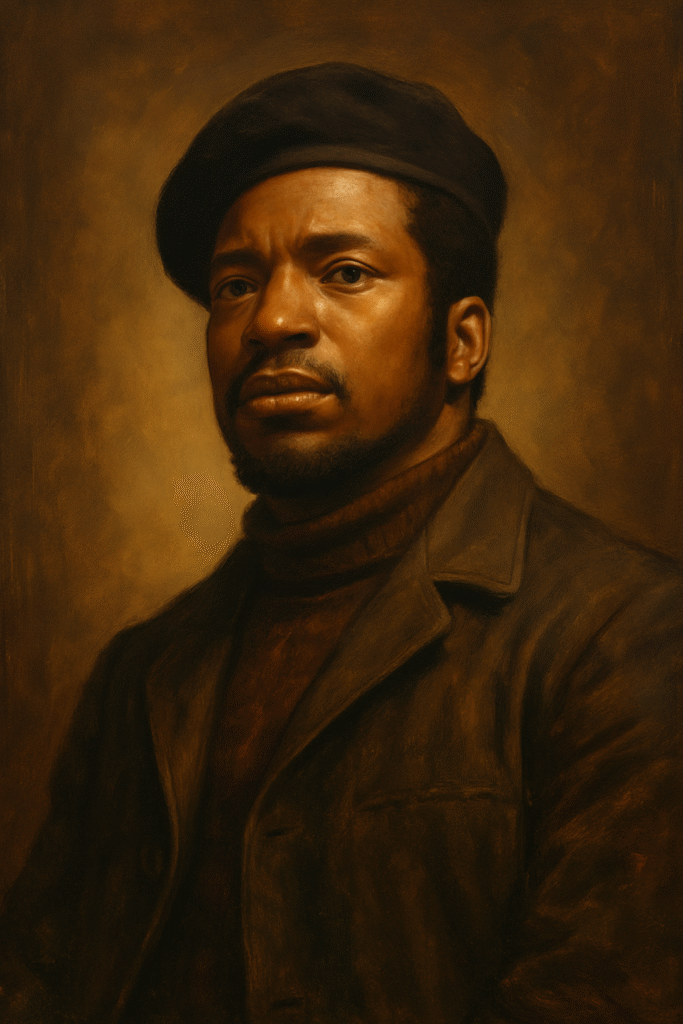



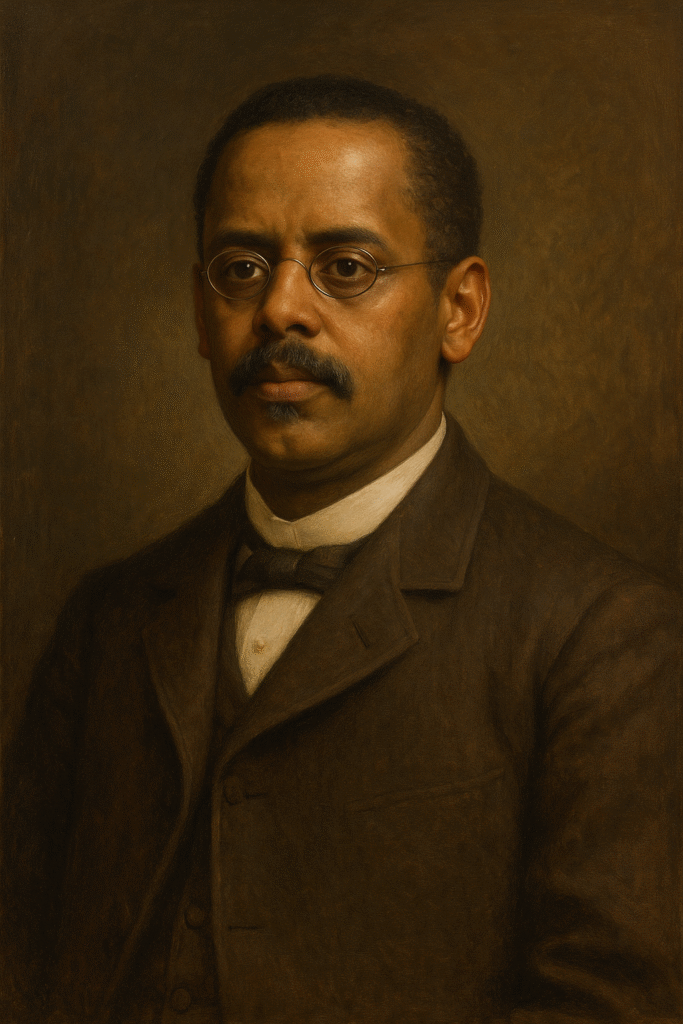


9 Responses
I am glad to be one of the visitants on this great website (:, appreciate it for posting.
Thank you so much
You have brought up a very good points, thanks for the post.
There is clearly a bunch to identify about this. I suppose you made some nice points in features also.
Normally I don’t read post on blogs, but I would like to say that this write-up very forced me to try and do it! Your writing style has been amazed me. Thanks, quite great article.
Some genuinely rattling work on behalf of the owner of this website , utterly great subject material.
The other day, while I was at work, my cousin stole my iphone and tested to see if it can survive a 25 foot drop, just so she can be a youtube sensation. My iPad is now destroyed and she has 83 views. I know this is entirely off topic but I had to share it with someone!
I like this post, enjoyed this one thankyou for putting up.
Thank you